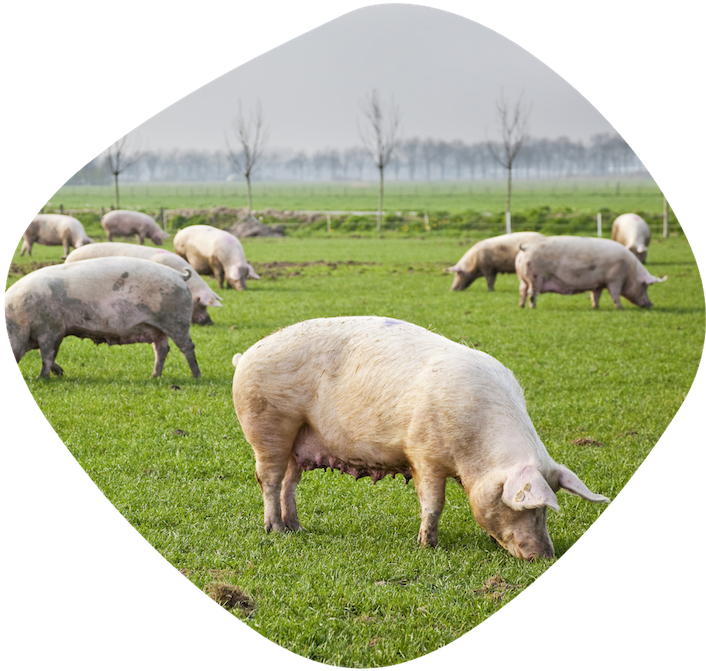Biosafety in Xenotransplantation
The possible transmission of porcine pathogens to human recipients is an ongoing concern associated with many Xenotransplantation technologies. Mitigation of the risk of cross-species infection can be achieved through the use of donor pigs from designated pathogen-free (DPF) herds. Achieving DPF status requires donor animals to be routinely tested for specified infectious agents. Guidelines describing the pathogens that should be excluded from donor herds have been reported by the US Food and Drug Administration (FDA), International Xenotransplantation Association (IXA), and the World Health Organization (WHO). Testing is recommended not only at the herd level but also for immediate donor pigs and processed cell product.
To help xenotransplantation practitioners ensure the microbiological safety of their donor transplant material DOL provides the following services:
Consultation regarding risk assessment and risk management for the establishment of a regulatory compliant testing program.
More than 30 molecular assays (PCR, immunological and culture based) for the detection of porcine viral, bacterial and protozoan pathogens (see Assay Menu here) from all stages of the production process. We are constantly developing new tests so please contact us with any requests.
Viral and cell coculture assays to amplify unknown or adventitious viral contaminants that involves the coculture of xenogeneic cells used for transplantation (fresh or cultured) with a panel of appropriate target indicator cells..
Strategies for management of positive pathogen test results in donor animals.
Porcine Endogenous Retrovirus (PERV)
The use of pig material for xenotransplantation is subject to a special risk from PERVs because they are present in the genome of all pigs and infect human cells in vitro.
Better understanding of the genetic characteristics and replicative potential of PERV in a donor herd is a prerequisite for determining the risk of infection and planning PERV-detection strategies.
DOL offers a testing panel using PCR and qPCR for the assessment of PERV that includes:
PERV proviral copy number
PERV RNA expression levels (any tissue type)
PERV subtypes A, B & C (4 variants)
PERV A/C recombinants (3 variants)
PERV RT activity (qPERT)
Coculture assay to check PERV infectivity status in vitro (PBMCs, islets and other primary tissues)
Commitment to Quality
DOL is dedicated to offering high quality testing services and maintains a comprehensive Quality Management System (QMS) based on regulatory requirements and industry best practices. Our Quality policy can be found in the Forms section of this page. Our lab is accredited to the International Standards Organisation (ISO) standard for medical laboratories 15189:2012. To guarantee the quality of data we routinely perform internal audits and are externally audited by International Accreditation New Zealand (IANZ). Key components of our QMS are our Standard Operating Procedures (SOPs) and a documented training system to ensure that all technical staff are competent and up to date to perform all procedures.
Pricing
Discounts are available when several samples are submitted at the same time or multiple assays are requested. Please phone 00 64 9 270 7959 or email us at for a quick proposal.
Turnaround Time
Rapid results are a top priority. Most results are transmitted to the client within 2-3 business days of samples' arriving at our lab.

